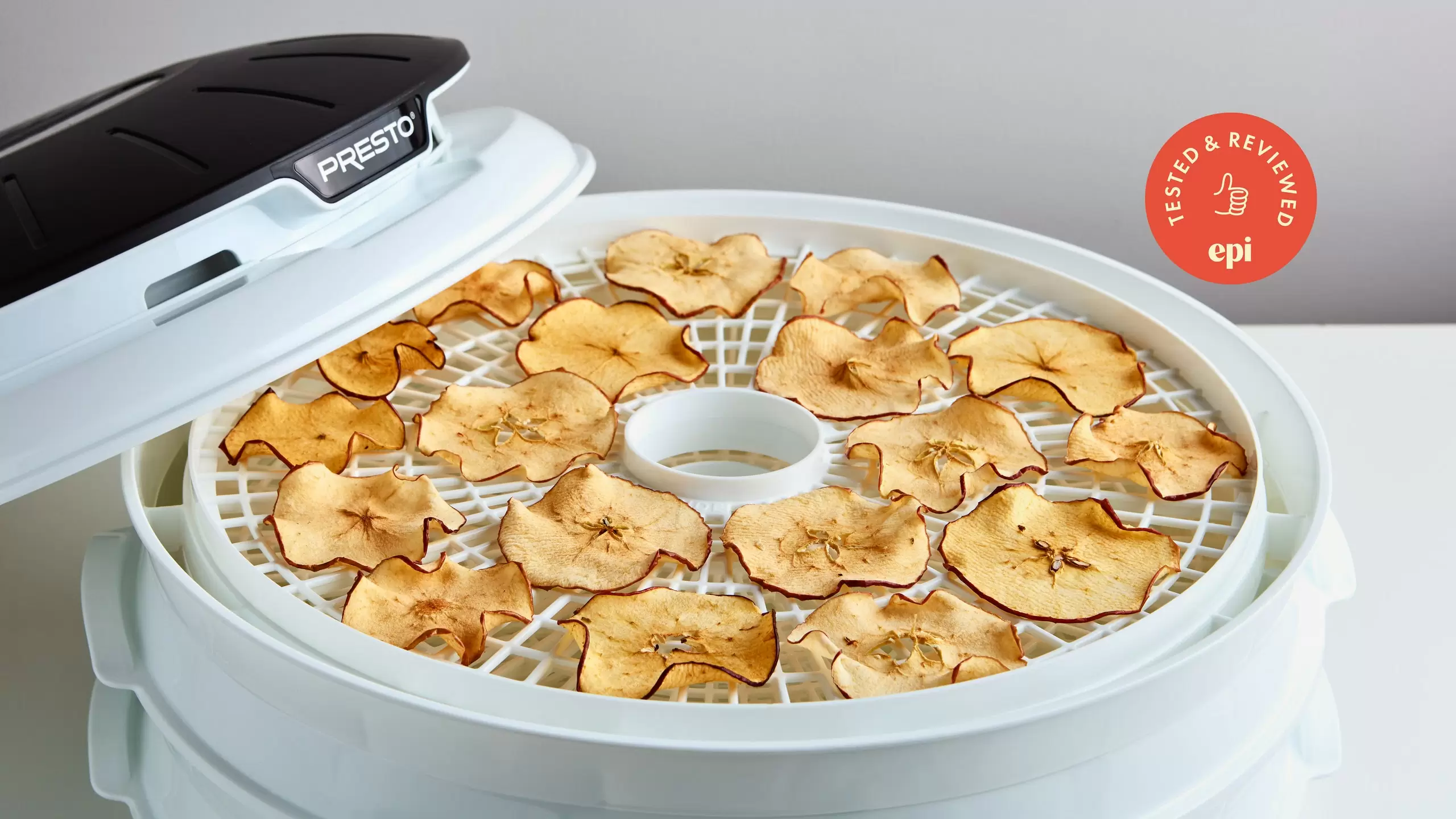How does a dehydrator dry food?


Food dehydration is a popular method of food preservation that has been used for centuries. It involves removing the moisture from food, which inhibits the growth of bacteria, yeast, and mold, thus extending the shelf life of the food. One of the most common tools used for this process is a dehydrator machine. In this article, we will explore how a dehydrator works to dry food and the benefits of using this method for food preservation.
Understanding the Basics of Food Dehydration
Before diving into the specifics of how a dehydrator works, it is important to understand the basic principles of food dehydration. When food is dehydrated, the moisture content is reduced to a level where bacteria and other microorganisms cannot grow. This is achieved by exposing the food to low heat and circulating air, which helps to evaporate the moisture.
How Does a Dehydrator Machine Work?
A food dehydrator is a device that uses a combination of heat and airflow to remove moisture from food. It consists of several key components that work together to achieve the desired result:
1. Heating Element: The heating element in a dehydrator machine is responsible for generating the heat needed to evaporate the moisture from the food. It is usually located at the bottom or rear of the machine and can be adjusted to different temperature settings.
2. Fan: The fan in a dehydrator helps to circulate the hot air evenly throughout the machine. This ensures that all the food is exposed to the same level of heat and helps to speed up the drying process.
3. Air Vents: Air vents are strategically placed in a dehydrator to allow the hot air to escape. This helps to prevent the buildup of moisture and ensures that the food dries evenly.
4. Trays: Food is placed on trays inside the dehydrator machine. These trays are usually made of plastic or stainless steel and are designed to allow air to flow freely around the food.
The Drying Process
Now that we understand the components of a dehydrator machine, let’s take a closer look at the drying process itself:
1. Preparing the Food: Before placing the food in the dehydrator, it is important to prepare it properly. This may involve washing, peeling, and slicing the food into uniform pieces. Thicker pieces of food will take longer to dry, so it is important to ensure that the pieces are of a consistent thickness.
2. Loading the Trays: Once the food is prepared, it can be loaded onto the trays of the dehydrator. It is important to leave enough space between the pieces of food to allow for proper airflow.
3. Setting the Temperature: The temperature setting on a dehydrator machine will vary depending on the type of food being dried. Most dehydrators have a temperature range of 95°F to 160°F (35°C to 71°C). It is important to refer to the manufacturer’s instructions or a reliable resource to determine the appropriate temperature for the specific food being dried.
4. Drying Time: The drying time will vary depending on several factors, including the type and thickness of the food, the temperature setting, and the humidity level in the environment. On average, it can take anywhere from a few hours to several days for food to fully dehydrate.
The Benefits of Using a Dehydrator
There are several benefits to using a dehydrator machine for food preservation:
1. Nutritional Value: Dehydrating food preserves most of its nutritional value, including vitamins, minerals, and enzymes. Unlike other methods of food preservation, such as canning or freezing, dehydration does not involve the use of additives or preservatives.
2. Shelf Life: Dehydrated food has a significantly longer shelf life compared to fresh food. When stored properly in airtight containers, dehydrated food can last for months or even years without spoiling.
3. Portability: Dehydrated food is lightweight and compact, making it an ideal option for camping, hiking, or other outdoor activities. It is also a convenient snack to have on hand for busy individuals or families.
4. Versatility: A dehydrator machine can be used to dry a wide variety of foods, including fruits, vegetables, herbs, meat, and even dairy products. This allows for greater flexibility in meal planning and food storage.
In conclusion, a dehydrator machine is an effective tool for drying food and preserving it for extended periods. By understanding the basic principles of food dehydration and how a dehydrator works, individuals can enjoy the benefits of dehydrated food, including its nutritional value, longer shelf life, portability, and versatility. So, whether you are looking to preserve seasonal produce, create healthy snacks, or simply reduce food waste, a dehydrator is a valuable addition to any kitchen.
Recent Posts
How do I create an engaging and informative online quiz or assessment?
Creating an engaging and informative online quiz or assessment can be a powerful tool for… Read More
What are the most effective methods for managing and reducing work-related stress in the hospitality industry?
Work-related stress is a common issue in the hospitality industry, where employees often face long… Read More
How can I improve my assertiveness and communication skills in a leadership position?
In a leadership position, assertiveness and effective communication skills are crucial for success. Being able… Read More
What are the key elements of a successful employee recognition and rewards program?
Employee recognition and rewards programs play a crucial role in motivating and engaging employees, as… Read More
How do I effectively manage and respond to customer feedback and reviews?
Customer feedback and online reviews play a crucial role in shaping a company's reputation and… Read More
What are the best strategies for effective time management as a stay-at-home parent?
Effective time management is crucial for stay-at-home parents who juggle multiple responsibilities on a daily… Read More